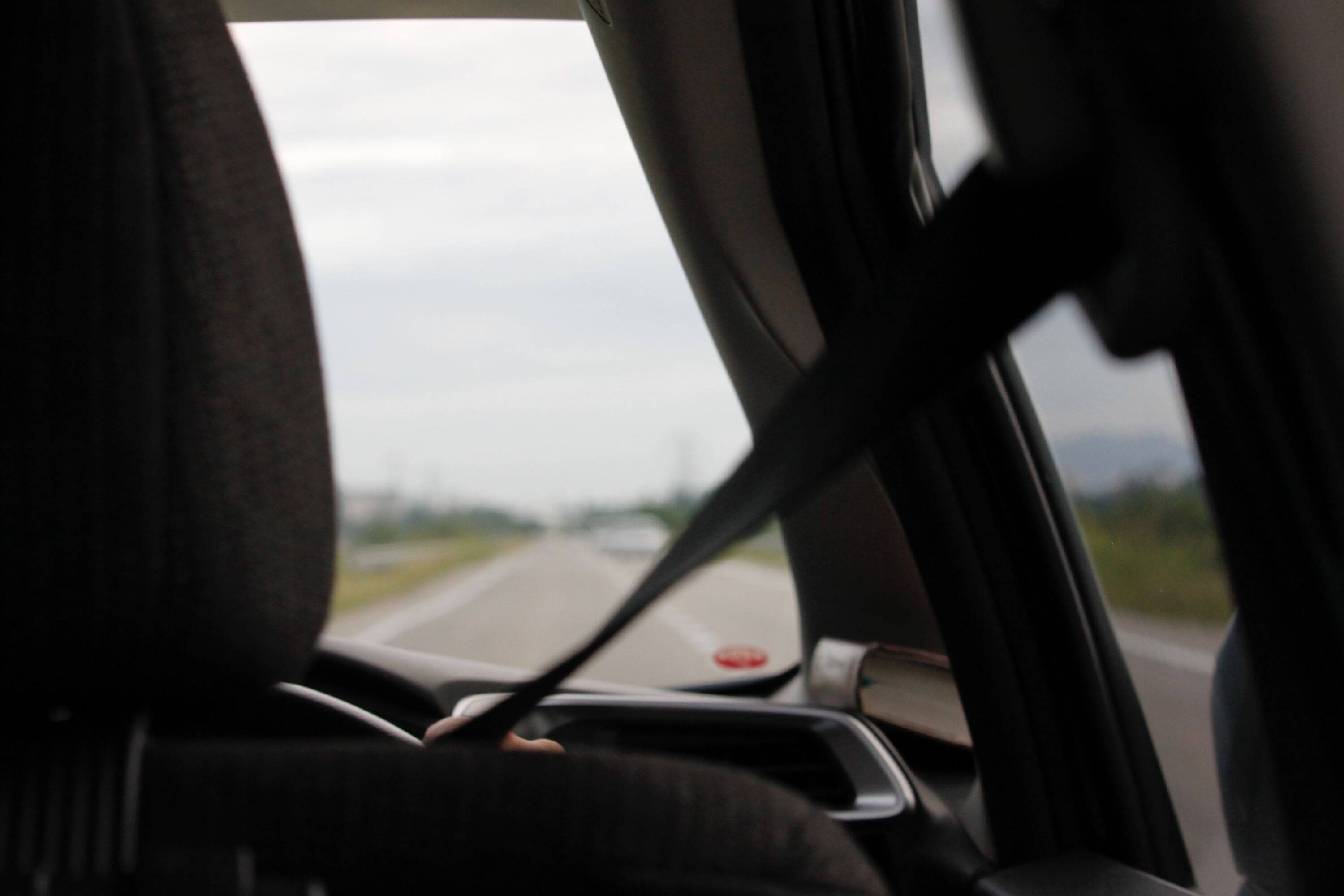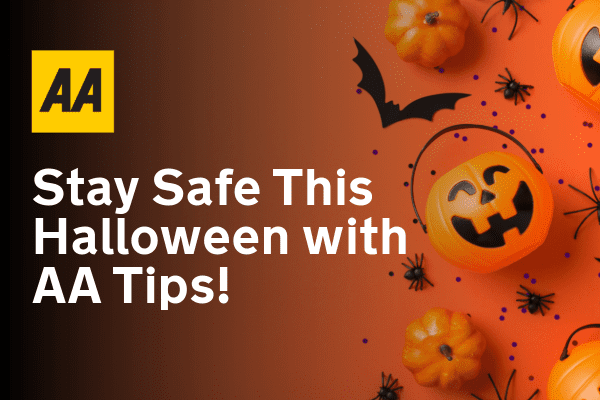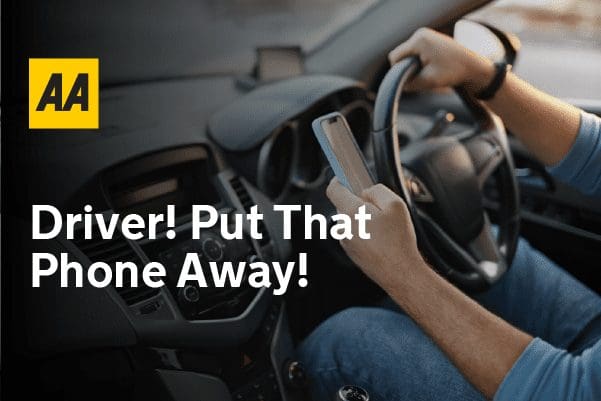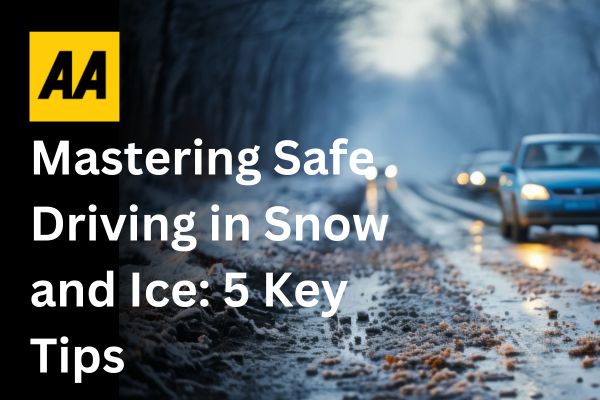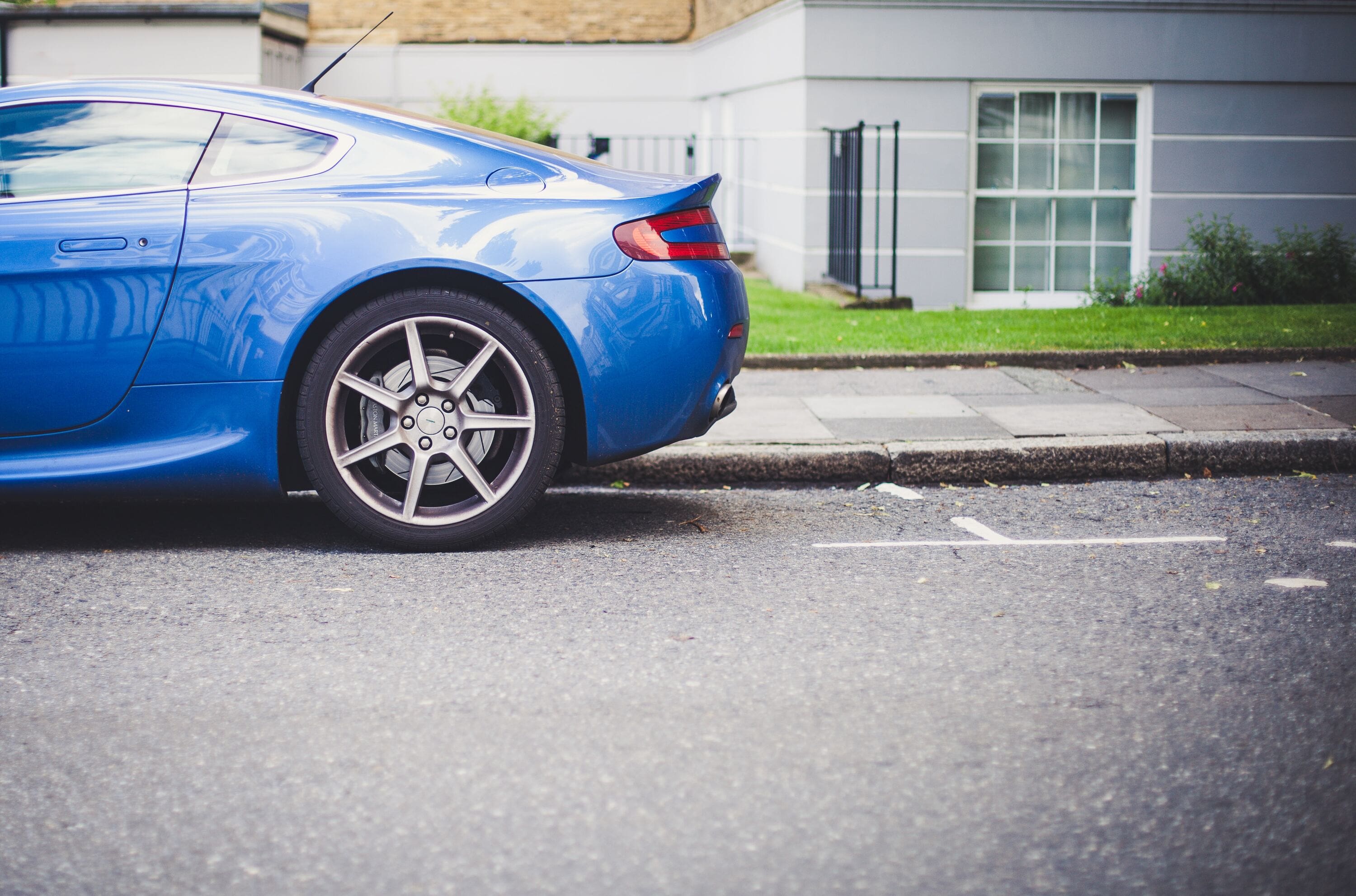Wearing your seat belt is necessary when you get into a vehicle, not only for your safety but also for the safety of those around you. It’s also the law. These laws are designed to save lives. Let’s dig a little deeper and see what the actual rules around seatbelts are.
The Rules
The hard & fast rule is that if seat belts are fitted in the vehicle, drivers and passengers must wear them. It is the driver’s responsibility that passengers under 17 wear their seatbelts or suitably restrained.
The law states that the following vehicles have to be fitted with seat belts:
• Passenger vehicles that accommodate fewer than 8 people (excluding the driver)
• Passenger vehicles that accommodate more than 8 passengers and have a gross vehicle weight of less than 3,500 kg
• Goods vehicles that have a gross vehicle weight of less than 3,500 kg
Fines & Penalties
Failure to wear your seatbelt can result in a fixed charge fine of up to €120. If you don’t pay this fine within 28 days, you can face an increased fine of €180 within 56 days of the offence. In addition, three penalty points can be added to your licence if you choose to pay the fine and not show up to court. Five penalty points will be added to your licence, and you could face a hefty fine of €2,000 if you get convicted in court for not wearing a seat belt.
Child Restraints
Children must be protected by a child restraint that is appropriate to their size and weight. This means All children under 150cms in height or 36kgs (79lbs) in weight must use a child restraint system (CRS) suitable for their height and weight while travelling in a car. A CRS would be a booster seat or child car seat.
According to RSA, as many as 4 out of 5 car seats are incorrectly fitted.
Read our Essential Guide To Your Child’s Car Seat to avoid incorrectly fitting one.
Exemptions From Wearing A Seatbelt
There are a few exemptions from wearing your seatbelt, and for good reason.
• If you are sitting on a seat not fitted with a safety belt.
• If you are teaching someone else how to drive (although going without a safety belt may not be advisable).
• If you are a driving test examiner conducting a driving test.
• If you are a member of An Garda Síochána or the Defence Forces and are driving as part of your duties.
• If you have a medical certificate signed by a qualified medical practitioner stating it is inadvisable on medical grounds, you wear a safety belt or child restraint.
Protect Yourself and Loved Ones
Looking for the best car insurance coverage to protect yourself and your loved ones? With The AA, Car Insurance is personal. Whether you’re a new customer or an existing AA member, you’re open to a host of benefits that are hard to find elsewhere. From windscreen repair through AA-approved repairers to driving other cars comprehensive as standard.





